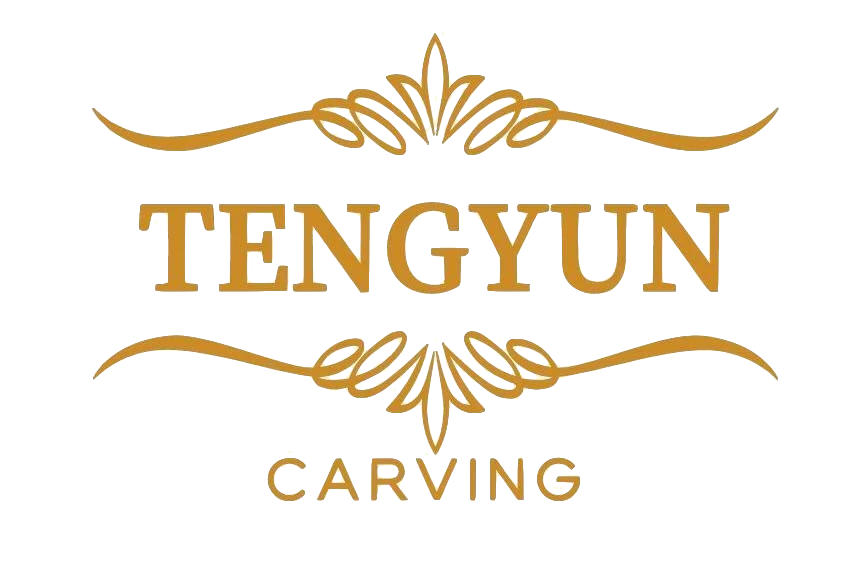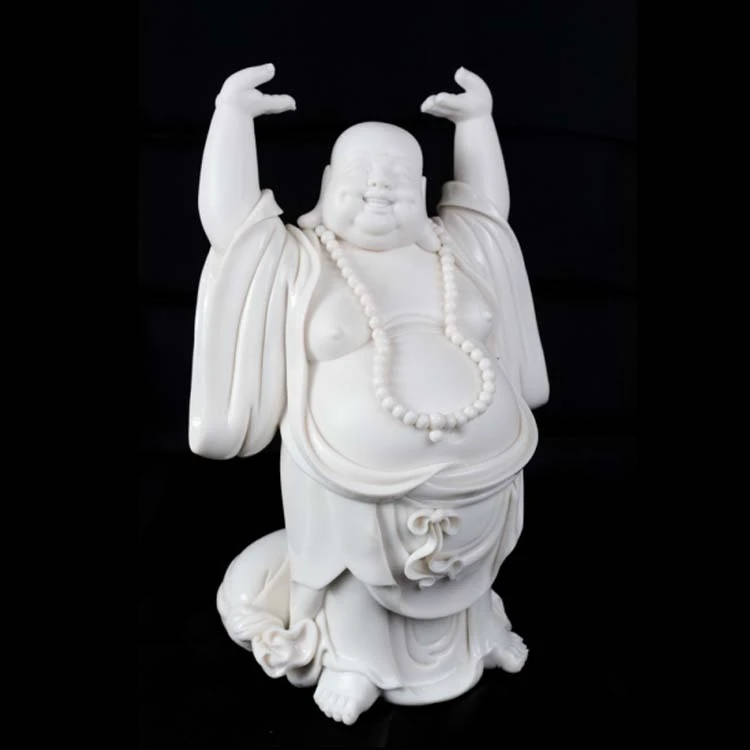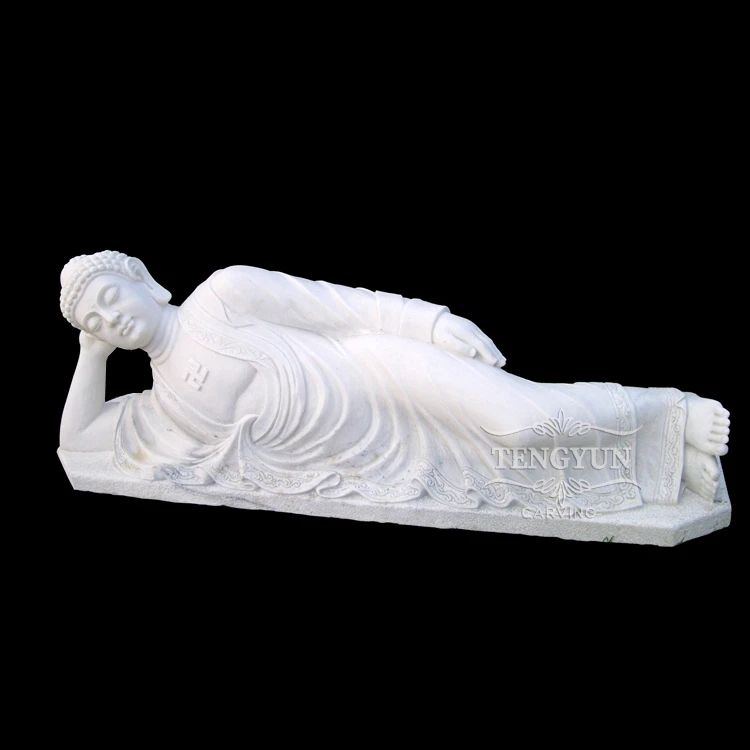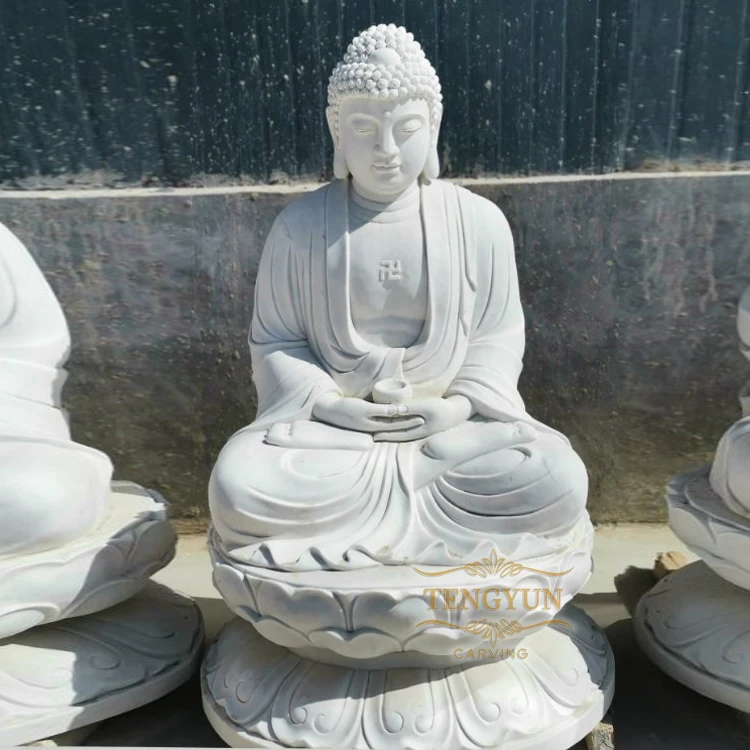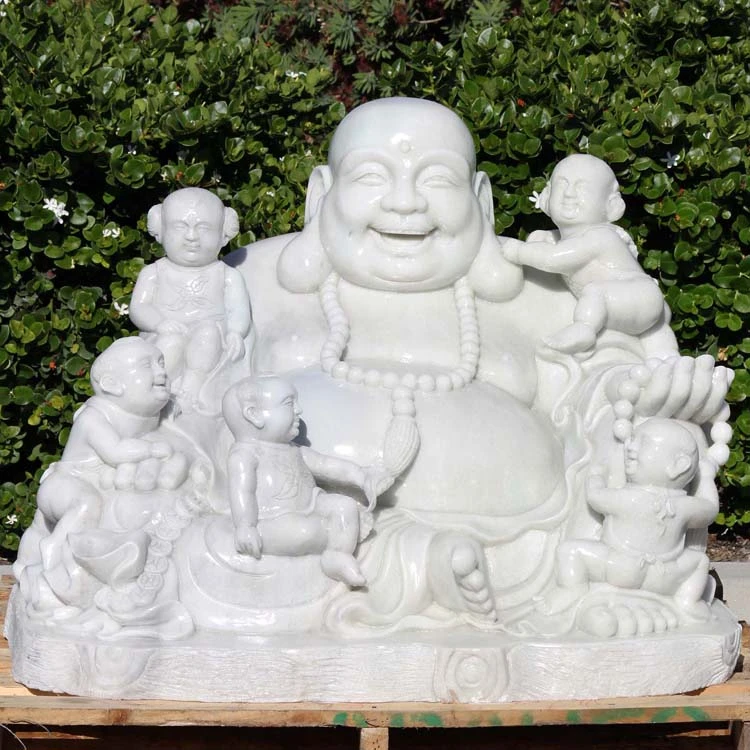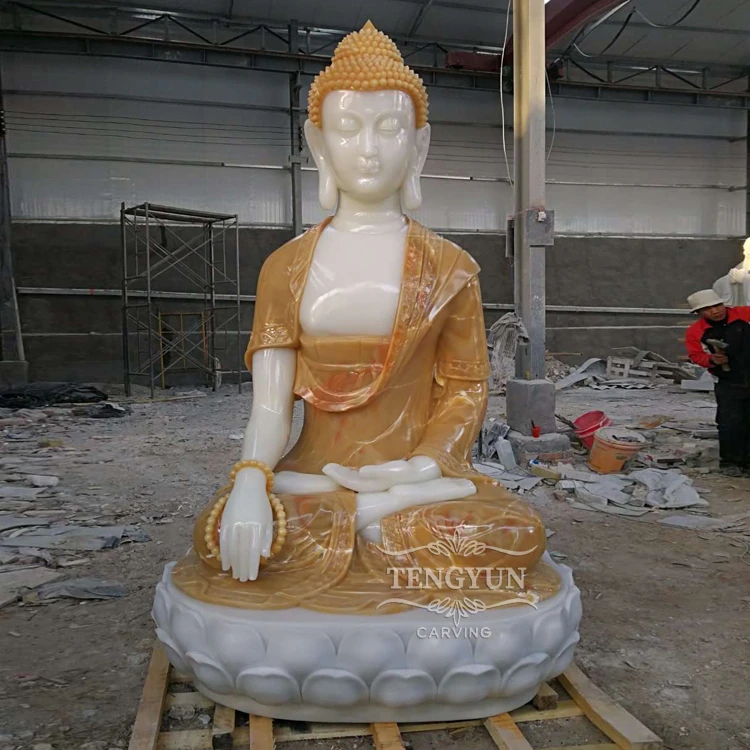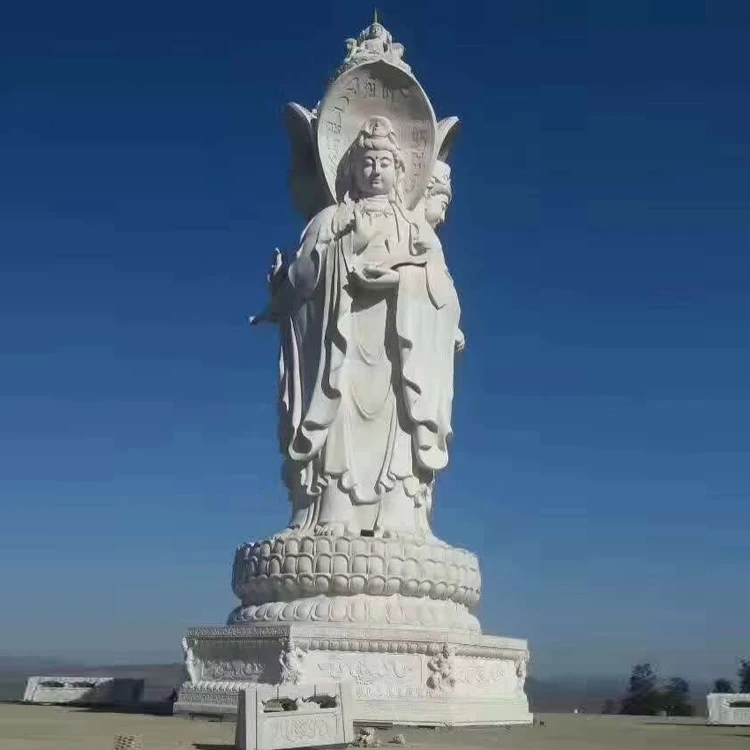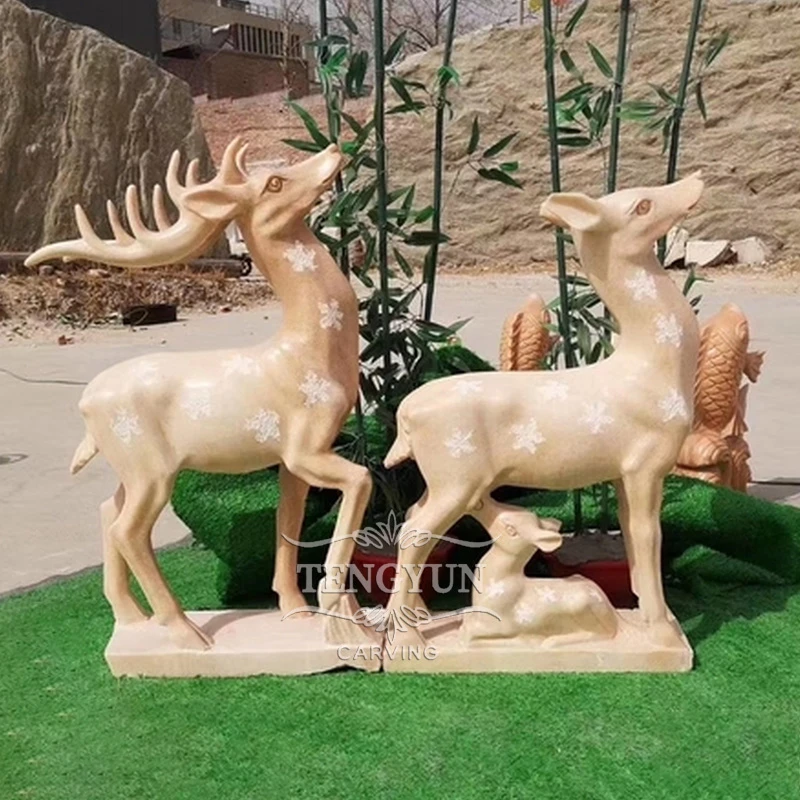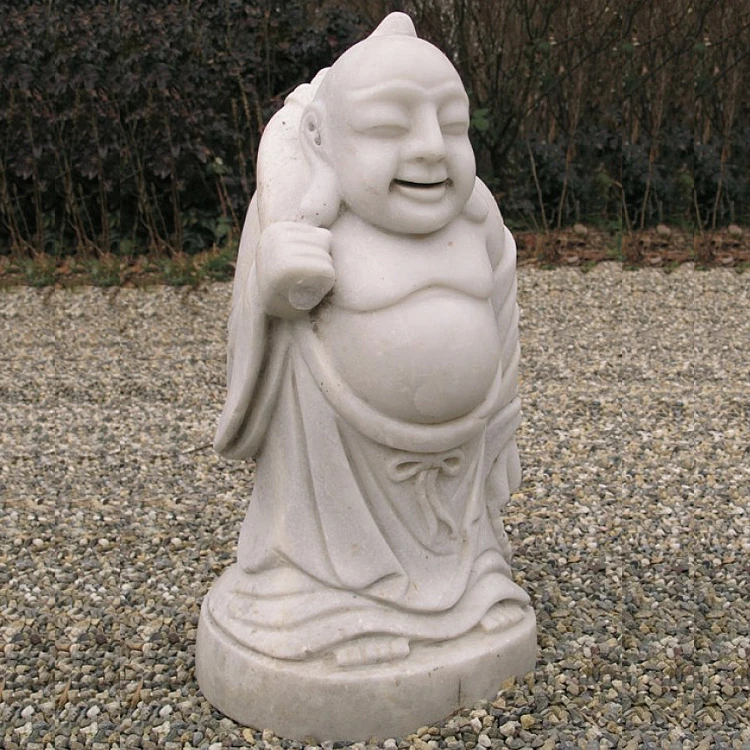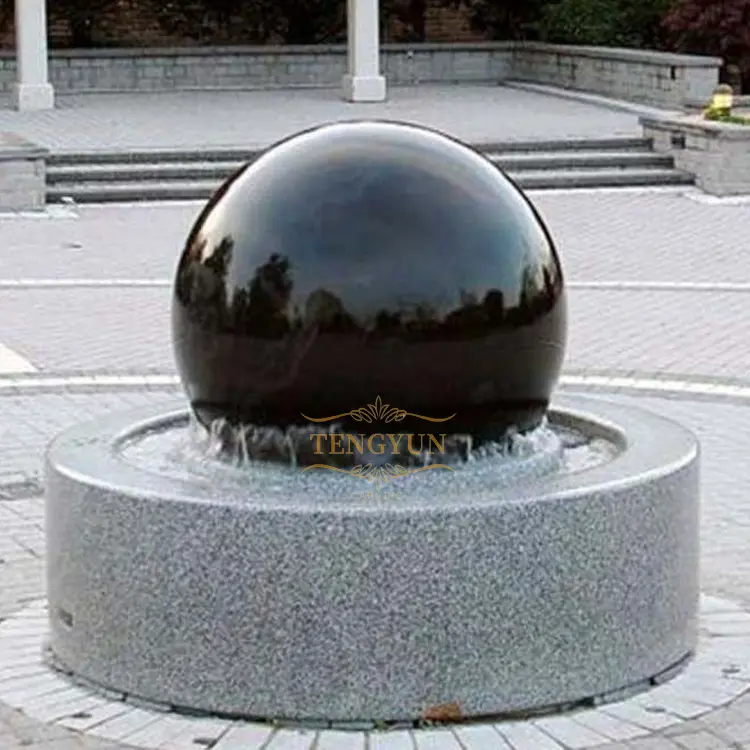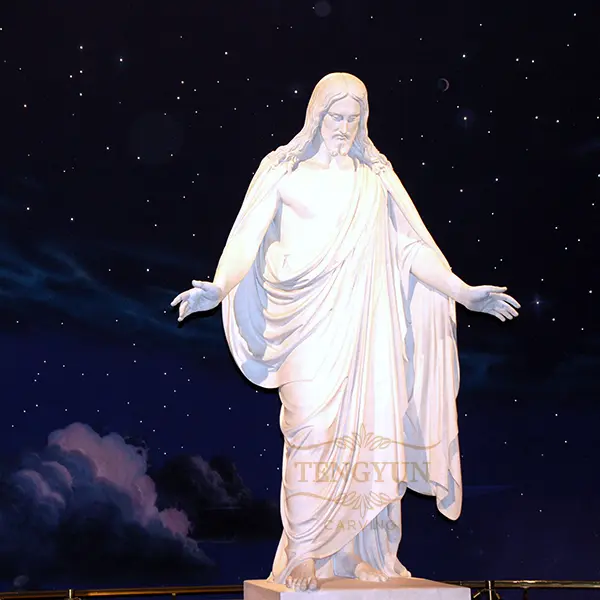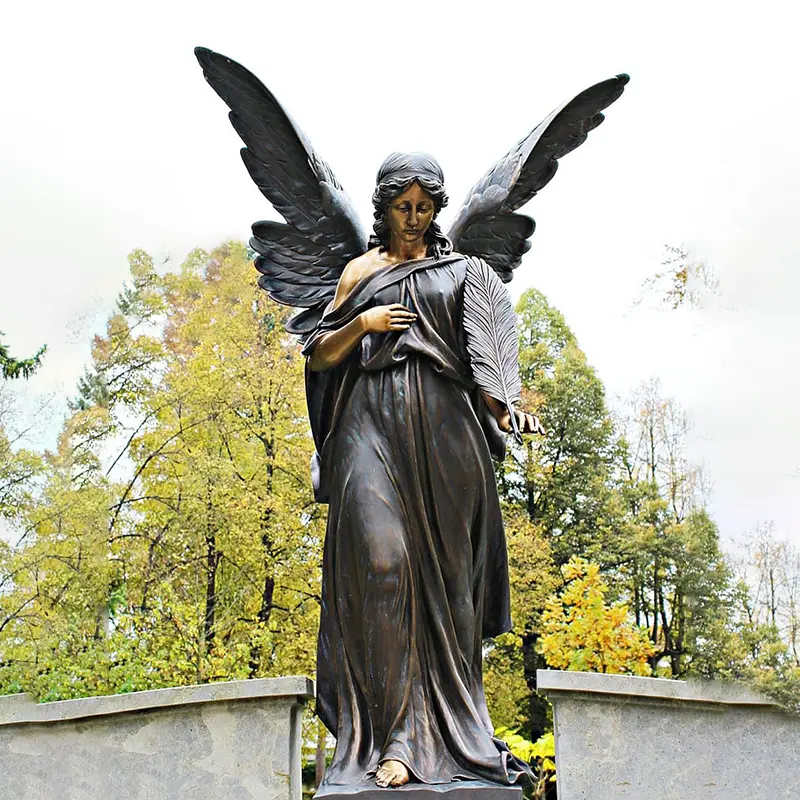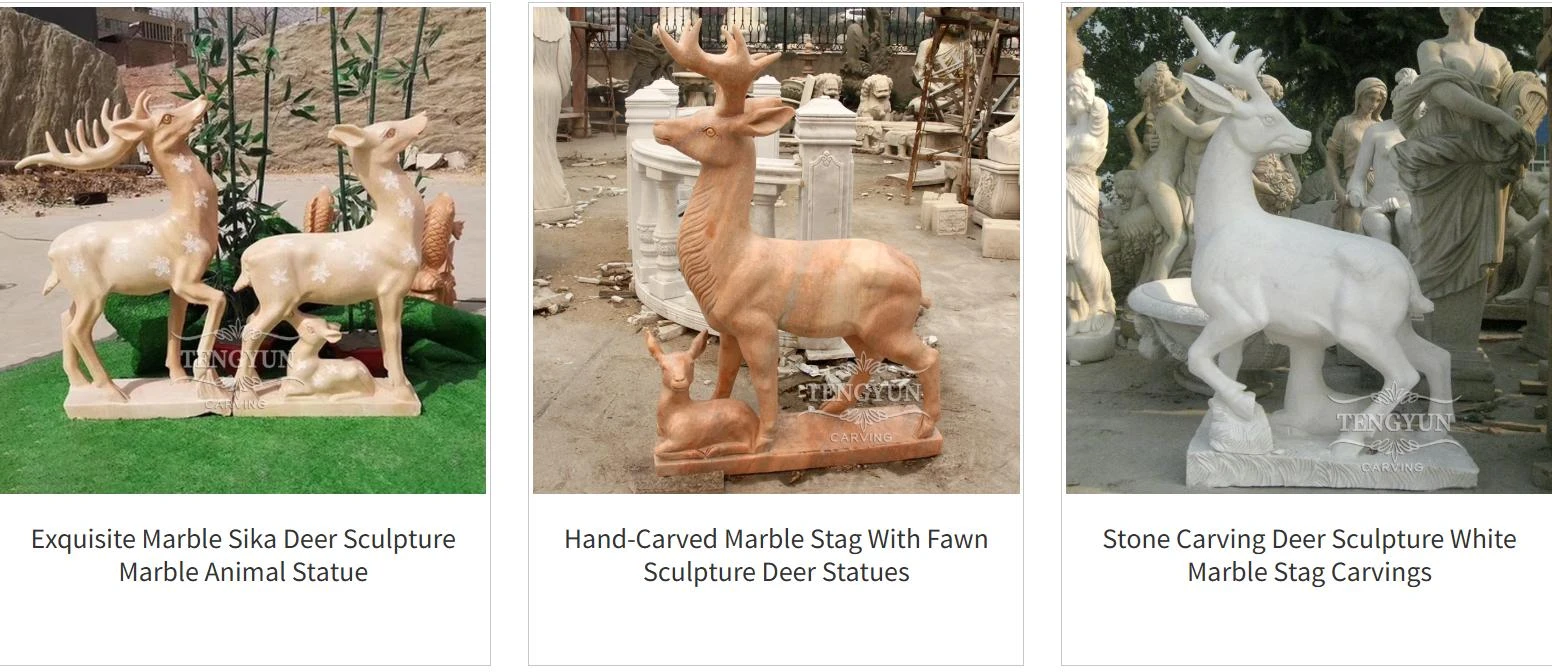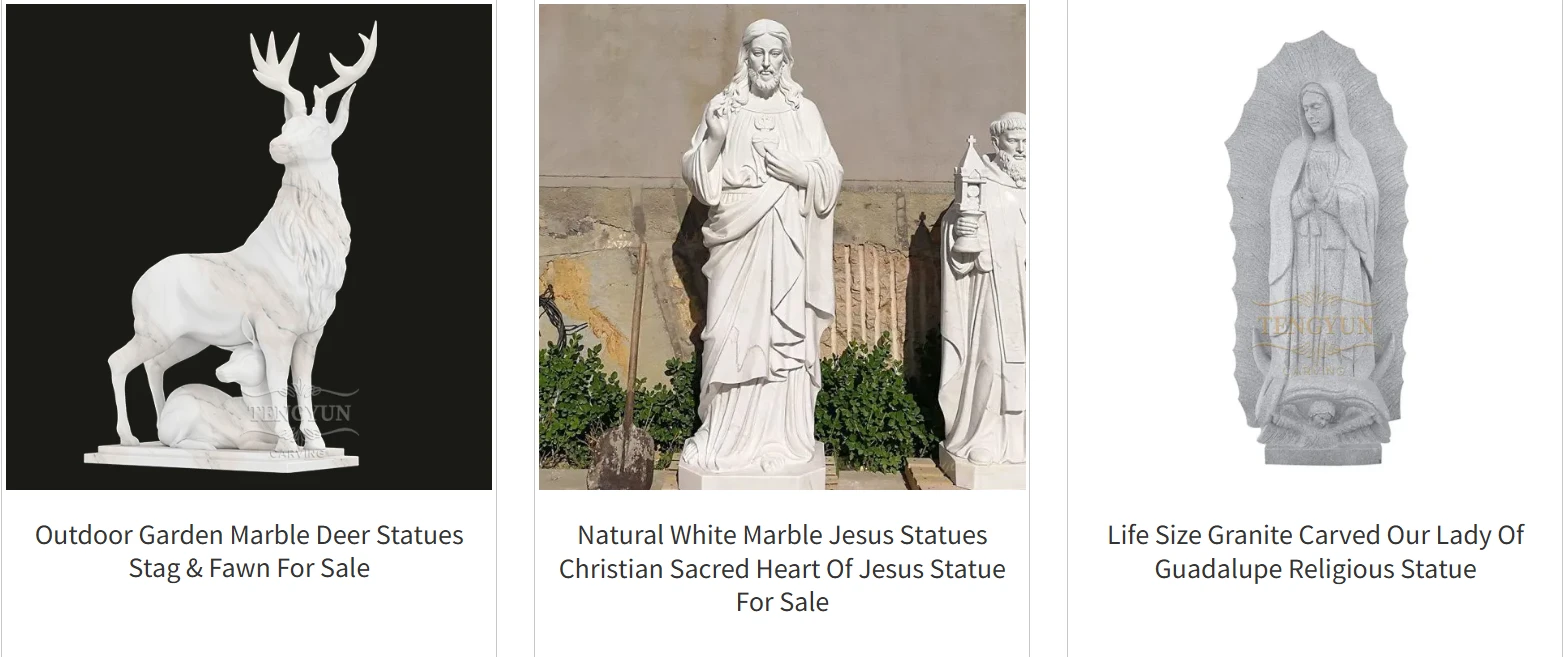The Engineering of a Towering Famous Lion Statue
A towering famous lion statue is more than a work of art—it’s a feat of engineering, blending structural precision with artistic vision to create an iconic landmark that stands tall for decades. Whether it’s a majestic famous lion sculpture guarding a historic square, a symbolic foo lion statue flanking a temple entrance, or a monumental lion statue for a corporate campus, every towering piece requires careful engineering to ensure stability, durability, and safety. Quyang Tengyun Carving Co.,Ltd., a professional sculpture manufacturer since 1992 based in China’s “Hometown Of Sculptures” (Quyang County), specializes in engineering famous lion sculpture pieces from premium materials like bronze, stone, and stainless steel. With global export experience (serving North America, Europe, Asia, etc.) and expertise in large-scale animal sculptures, they’re a trusted partner for wholesalers seeking engineering-backed famous lion statue solutions. This article delves into the engineering behind towering famous lion statue projects, highlighting key design considerations, material choices, and how Quyang Tengyun’s craftsmanship turns bold visions into reality.

Structural Design for Towering Famous Lion Sculpture
- Load-Bearing Frame Engineering for Famous Lion Statue: A towering famous lion statue (often 10ft+ tall) relies on a hidden internal frame to distribute weight and resist wind forces. Quyang Tengyun’s engineers use high-strength steel or reinforced concrete frames, custom-designed to match the lion’s posture—whether standing, roaring, or sitting. For example, a standing famous lion sculpture requires a vertical frame that supports the weight of the head, mane, and body, while a roaring lion needs additional bracing for the extended jaw. Wholesalers can note that these frames are engineered to meet local building codes (e.g., wind load standards for coastal areas), ensuring the statue stays stable even in extreme weather.
- Balance and Center of Gravity for Foo Lion Statue: Foo lion statue designs (with their distinctive posture—one paw resting on a ball or cub) present unique balance challenges for towering models. Quyang Tengyun’s engineering team calculates the center of gravity with precision, ensuring the statue doesn’t tip. For example, a foo lion statue with a raised paw will have additional weight in the base or hidden counterweights in the lower body to offset the imbalance. This attention to balance is critical for famous lion statue pieces placed in high-traffic areas, where safety is paramount— a key selling point for wholesalers serving public spaces or commercial clients.
Material Engineering for Durable Famous Lion Statue
- Bronze Engineering for Famous Lion Sculpture: Bronze is a top choice for towering famous lion sculpture due to its strength and malleability, but it requires specialized engineering to handle its weight. Quyang Tengyun uses a “segmented casting” process for large bronze famous lion statue pieces—casting the lion in smaller, manageable segments (head, body, legs) then welding them together with precision. Each segment is engineered to fit seamlessly, with hidden welds that maintain the statue’s aesthetic. The bronze is also alloyed with tin or zinc to enhance strength, ensuring the sculpture resists cracking under its own weight or external forces like wind.
- Stone Engineering for Foo Lion Statue: Stone foo lion statue pieces (e.g., granite or marble) demand engineering that accounts for the material’s density and brittleness. Quyang Tengyun sources large, high-quality stone blocks and uses 3D scanning to map the lion’s design, identifying weak points (e.g., thin mane strands or delicate paw details) that need reinforcement. For towering stone famous lion statue models, engineers add internal steel rods to critical areas (like the neck or legs) to prevent breakage. This combination of natural stone and hidden reinforcement ensures the statue retains its natural beauty while meeting structural standards— ideal for wholesalers serving clients who prioritize traditional aesthetics.
Engineering Considerations for Different Famous Lion Statue Types
|
Famous Lion Statue Type |
Key Engineering Challenge |
Engineering Solution |
Quyang Tengyun Advantage |
|
Towering Bronze Famous Lion Statue |
Weight distribution; weld strength. |
Segmented casting + high-strength alloy; ultrasonic weld testing. |
Precision casting + quality-controlled welding. |
|
Stone Foo Lion Statue |
Brittleness; wind resistance. |
Internal steel reinforcement; wide, stable base design. |
3D scanning for weak point identification; custom bases. |
|
Stainless Steel Famous Lion Sculpture |
Corrosion; surface finish consistency. |
Powder coating + seamless welding; polished/welded finish options. |
High-grade stainless steel + electrostatic powder coating. |
|
Monumental Sitting Lion Statue |
Center of gravity; base stability. |
Counterweighted internal frame; reinforced concrete base. |
Custom frame design + base load testing. |
This table helps wholesalers understand engineering nuances across famous lion statue types, ensuring they can advise clients on project feasibility and material suitability. It also highlights Quyang Tengyun’s engineering processes that address type-specific challenges.
Wind and Weather Engineering for Outdoor Famous Lion Statue
- Wind Load Testing for Towering Famous Lion Sculpture: A towering famous lion sculpture in outdoor spaces faces constant wind forces, which can cause swaying or even structural failure. Quyang Tengyun’s engineers conduct wind load testing using computer simulations (CFD—Computational Fluid Dynamics) to model how wind interacts with the lion’s shape. For example, a lion with a large, flowing mane will have more wind resistance, requiring additional bracing or a wider base. Wholesalers can emphasize that these tests ensure the statue meets local wind speed standards (e.g., 120mph for hurricane-prone regions), giving clients confidence in long-term stability.
- Weather-Resistant Coatings for Foo Lion Statue: Outdoor foo lion statue pieces need engineering-backed coatings to resist corrosion, UV fading, and water damage. Quyang Tengyun applies specialized coatings— powder coating for stainless steel, patina sealants for bronze, and breathable stone sealants for granite. These coatings are tested for durability in harsh conditions (salt spray for coastal statues, UV exposure for desert areas) and engineered to last 5–10 years before reapplication. This weather resistance reduces maintenance costs for clients, a major benefit for wholesalers serving property managers or public institutions.
Famous Lion Statue FAQS
How Long Does It Take to Engineer and Manufacture a Towering Famous Lion Statue?
The timeline for a towering famous lion statue depends on size and material: a 10–15ft bronze famous lion sculpture takes 3–4 months (design, engineering, casting, assembly), while a 20ft+ stone statue takes 5–6 months (stone sourcing, 3D scanning, carving, reinforcement). Quyang Tengyun’s streamlined process—combining traditional craftsmanship with modern engineering tools—ensures on-time delivery, a key consideration for wholesalers managing client project timelines.
Can a Foo Lion Statue Be Engineered for Seismic-Prone Regions?
Yes, foo lion statue pieces can be engineered for seismic-prone regions. Quyang Tengyun adds flexible joints to the internal frame (allowing minor movement during earthquakes) and uses shock-absorbing materials in the base. For example, a foo lion statue in a seismic zone may have a rubberized base layer that cushions impact, while the internal frame uses ductile steel that bends without breaking. These engineering tweaks ensure the statue remains intact during minor to moderate seismic activity.
What Is the Maximum Height Quyang Tengyun Can Engineer for a Famous Lion Sculpture?
Quyang Tengyun has engineered famous lion sculpture pieces up to 30ft tall, though maximum height depends on material and location. Bronze and stainless steel allow taller designs (thanks to their strength-to-weight ratio), while stone is typically limited to 20ft (due to density). For heights beyond 20ft, engineers may recommend segmented construction (assembling on-site) rather than shipping a single piece— a logistical detail Quyang Tengyun coordinates for wholesalers, ensuring smooth installation.
How Do Engineers Ensure the Details of a Famous Lion Statue Stay Intact in Towering Designs?
Engineers prioritize detail preservation by using material-specific techniques: For bronze famous lion statue pieces, Quyang Tengyun uses lost-wax casting for intricate details (mane strands, facial features), then reinforces thin areas with small steel rods. For stone statues, 3D scanning maps every detail, and carvers use diamond-tipped tools to maintain precision. Additionally, weather-resistant coatings are applied carefully to avoid filling in fine details, ensuring the lion’s expression and texture remain sharp for decades.
Where Can Wholesalers Source Engineered Famous Lion Statue Pieces?
Quyang Tengyun Carving Co.,Ltd. engineers and manufactures famous lion statue, famous lion sculpture, et foo lion statue pieces—all backed by structural testing and quality control. Their large-scale production capabilities and global export experience make them ideal for wholesalers. Visit their website to explore engineering case studies, discuss custom towering lion projects, or request bulk pricing— your trusted partner for engineering-excellence in famous lion statues.
Post time:Août . 30, 2025 15:05
